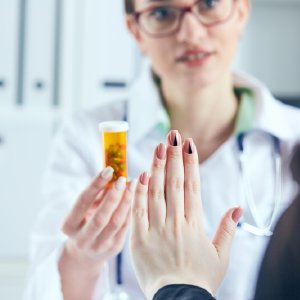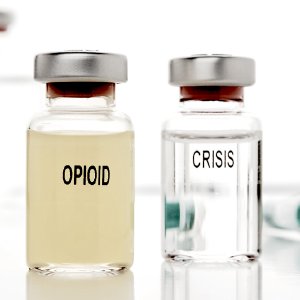Is the Prescription Drug Abuse Drop an Indication of a Greater Addiction Issue?

American young adults may be wising up about prescription drug abuse. A recent study shows prescription drug abuse among eighteen to twenty-five-year-olds dropped 14% this year. Perhaps they’ve learned their lesson watching friends and college classmates die from prescription drug overdose. Maybe recent efforts from pharmaceutical companies to make tamper-resistant pills have forced them to quit. Or could it be that they’ve simply opted for another high?
The study shows that heroin use is on the rise. 373,000 people reported heroin use in 2007; 2011 revealed 620,000 users. Addicts may be turning to heroin because it is cheaper than prescription drugs. A handful of pills can cost $50 and only bring about a five-hour high. A gram of heroin, however, could last someone a week or more and it costs the same.
About Prescription Opioids
Opioids are drugs derived from the opium poppy. They have a long history, from morphine to heroin and all manner of chemical combinations. Today’s potent painkillers come from the same constituents, and while they provide great relief to those suffering from cancer pain, serious injuries or dental work, they are extremely habit-forming. One may find himself addicted before he knows it.
You may be opioid dependent if you notice yourself experiencing withdrawal symptoms when you stop taking your medication. This might include cold or flu symptoms, such as a runny nose, sore throat, congestion, coughing, abdominal cramping, nausea or vomiting. When you continue medication, the symptoms abate.
Each product has its own dangerous side effects and can cause overdose when abused.
- Percocet is used for severe pain. It can cause shallow breathing, slow heartbeat, fainting, confusion, unusual thoughts or behavior, seizures, nausea, upper stomach pain, loss of appetite, jaundice, and death.
- Vicodin, used to treat moderate to severe pain, can slow reaction time or mental capacity. It can cause accidents on the job or when driving. It can also cause extreme drowsiness, muscle weakness, fainting, weak pulse, cold and clammy skin, blue lips, pinpoint pupils, shallow breathing or no breathing. It can also cause liver damage or death.
- Codeine is used to treat mild to moderately severe pain. It can cause dizziness or drowsiness, constipation, sweating, trouble urinating, mild itching, rash, nausea, vomiting, stomach pains, confusion, agitation, hallucinations, fainting, and death.
The Connection To Heroin
Heroin is another opiate. It is typically injected, although it can be snorted or ingested. Those who turn to heroin from prescription drug abuse may unexpectedly find themselves in overdose. Prescription pills are marked with the exact dosage, so it is easier to measure out the quantity you are taking to get high. Heroin, on the other hand, usually comes in bags of powder that has to be mixed with water, heated, put in a syringe and injected. Some heroin is cut with other drugs or made in different concentrations, so you don’t always get a standard amount.
With the recent increase in heroin, there was also an increase in heroin overdoses. This may be for the reasons given above. Addiction experts urge parents to teach their kids about drug abuse at an early age, to shore them up against the unthinkable.
The facts may indicate that prescription drug abuse drops among U.S. young adults but the addiction rates, heroin use, and overdoses indicate that we have a much greater problem.
For more information or to get help for someone abusing prescriptions or heroin contact us today.
Sources:


 ®
®